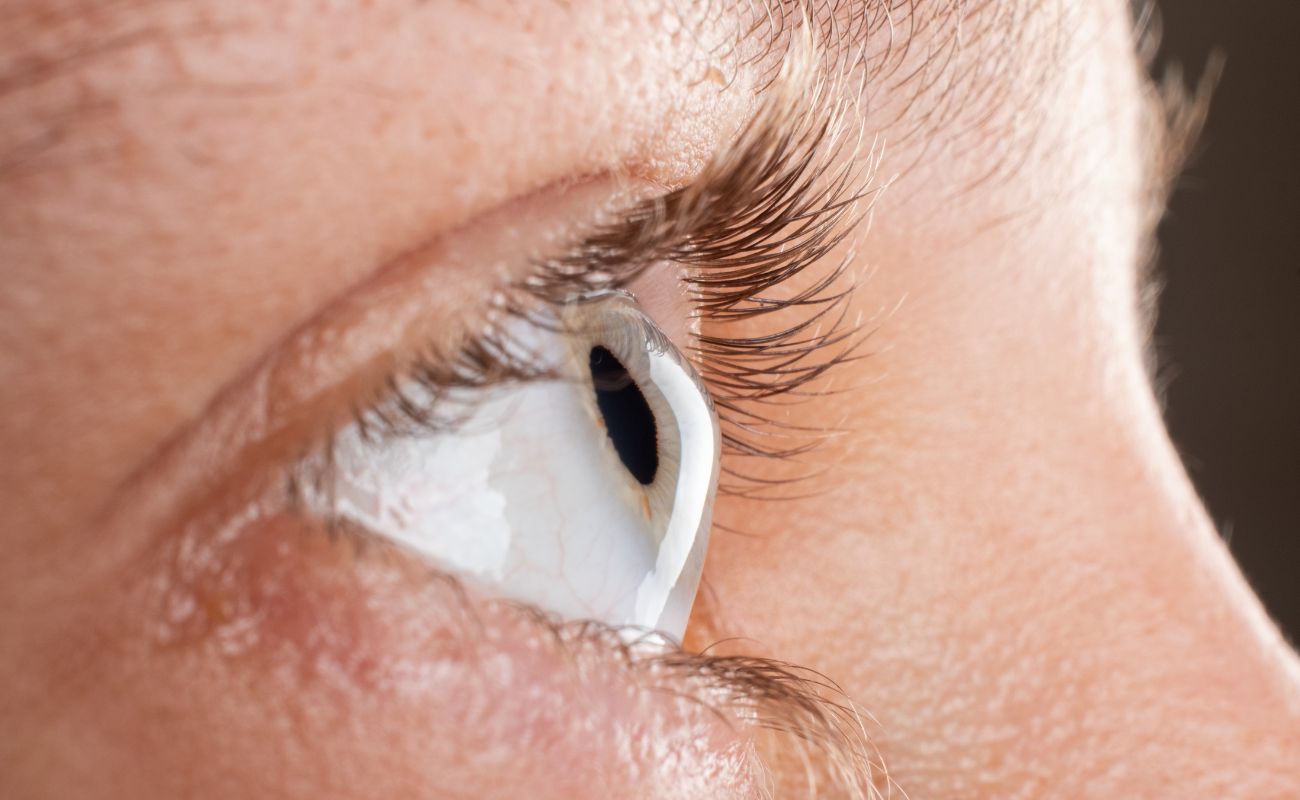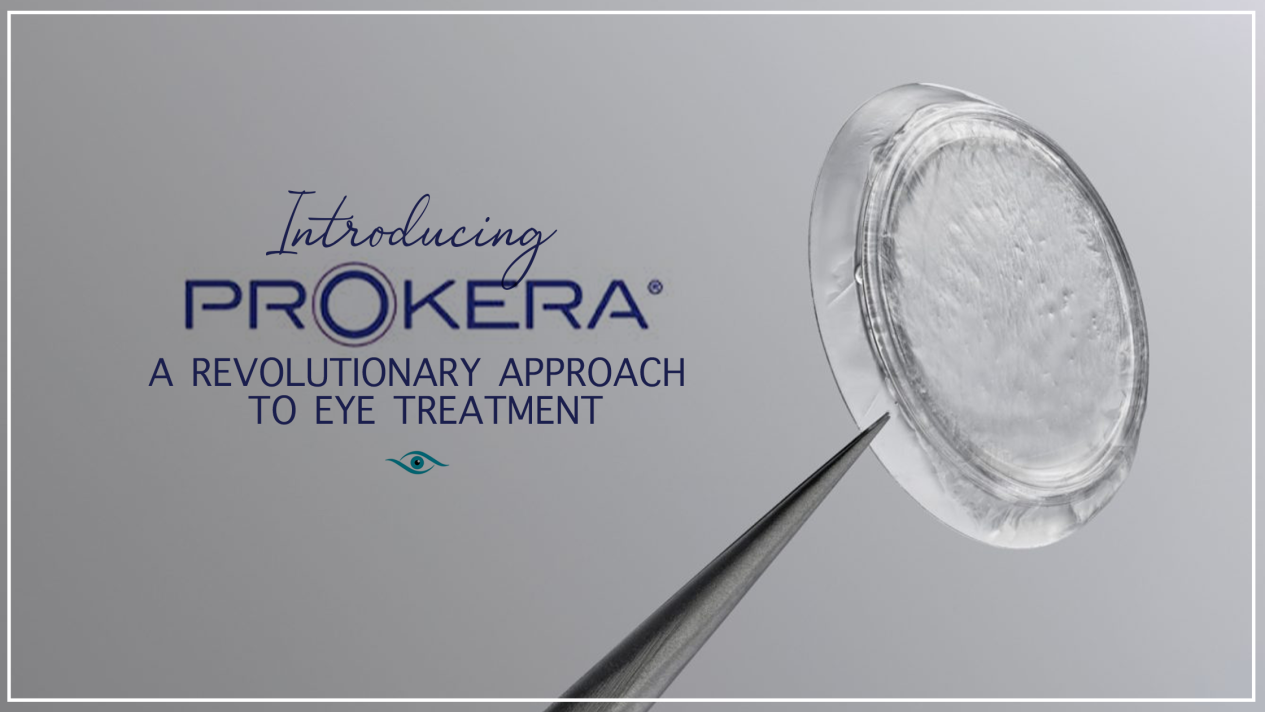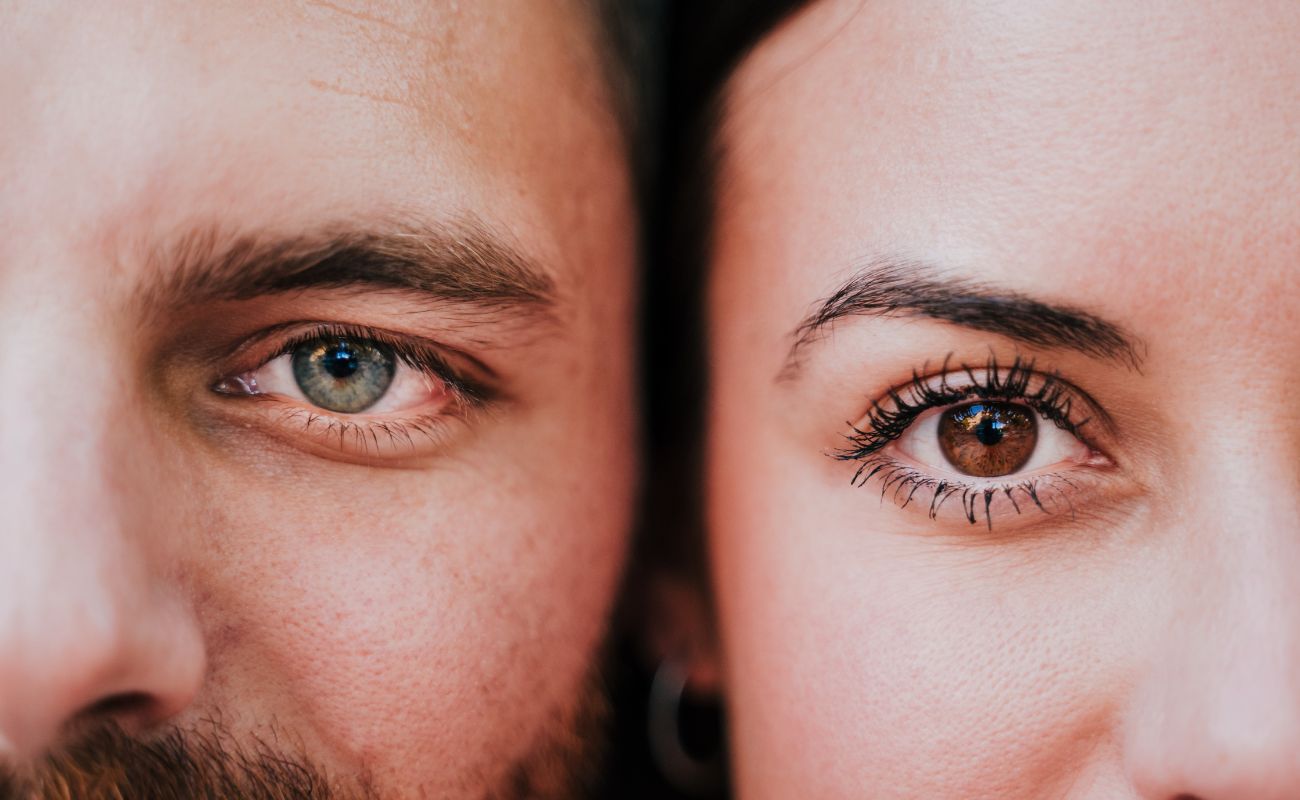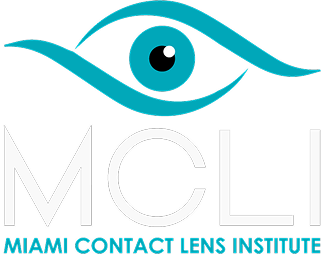To best protect children’s vision and long-term eye health, awareness of how genetics influences the development of myopia can be helpful. Myopia, or nearsightedness, is a condition that affects our ability to see distant objects clearly. Myopia is being diagnosed in children at increasingly high rates worldwide, particularly among those aged 5 to 15. Awareness helps parents recognize myopia early, allowing them to find the support their children need.
What Is Childhood Myopia?
Myopia develops in children when the eyeball becomes elongated rather than remaining round. This elongation shifts the focus point of light in front of the retina, causing distant objects to appear blurred. Round eyes direct light directly onto the retina, providing clear vision.
Myopia in children can cause headaches and eye pain. Children may have difficulty viewing slide presentations, digital displays, or interactive boards in class. This vision problem often results in reduced academic performance, increased distractibility, and restless behavior. Parents with myopia must be aware of the link between genetics and childhood myopia so they can act quickly to manage the condition.
How Do Genetics Affect Myopia Risk?
When one or both parents are myopic, their child has a higher inherited risk of developing nearsightedness. Genes passed down from parents influence the way the eye grows and set the foundation for myopia. Genetics establish susceptibility but environmental and lifestyle factors such as time outdoors, near work, and screen use can accelerate or slow its onset and progression.
What Are The Early Signs of Childhood Myopia?
Children often don’t realize they have blurry vision because they assume everyone sees the world the same way. Younger children also may lack the vocabulary to explain symptoms such as headaches or eye strain. One of the earliest signs parents may notice is squinting or closing one eye to improve clarity, along with difficulty recognizing objects at a distance.
You may also see your child sitting very close to the TV and holding books close to their face because they cannot see clearly when they are further away. Small children may blink frequently or rub their eyes due to eye strain or visual discomfort that they may not be able to articulate.
Early detection is critical because unmanaged myopia progresses as children age. When myopia is left unchecked, it significantly increases the risk of complications in later life. Uncontrolled myopia causes the eyes to continue lengthening, which can make the tissue more fragile. Conditions like glaucoma, cataracts, retinal detachment, and macular degeneration may develop in adults due to untreated childhood myopia.
How Can Parents Manage Myopia?
If you, your partner, or both of you have a family history of eye health issues, your children are more likely to develop the same conditions. The condition may not seem serious at first. However, as your child grows up, they may experience myopia-related vision loss. There are numerous treatments for myopia, such as glasses, low-dose atropine drops, and orthokeratology (OrthoK contact lenses), which have been used successfully to slow down the progression of myopia.
Parents can support their children by encouraging healthy lifestyle and environmental habits that influence myopia. Spending more time outdoors, with regular exposure to natural light and opportunities to look at distant objects, has been shown to lower the risk of developing myopia and slow its progression. These activities help protect eye health and reduce visual strain.
If your child spends extended periods looking at screens or engaging in near work activities like reading or coloring, teach them they take frequent breaks and teach them the 20-20-20 method. Set a timer that alerts them every 20 minutes, reminding them to take 20 seconds to look at objects at least 20 feet away, allowing their eyes to relax.
Knowing your family history and remaining watchful for early warning signs can help you prepare to manage childhood myopia. Schedule regular eye exams so your eye care specialist can track vision changes and start treatment immediately if needed. Early intervention can make all the difference in your child’s quality of life and long-term eye health.
Manage Genetic Myopia With Expert Guidance
Understanding that genetics can have a profound impact on your child’s vision can help you take appropriate action. While inherited traits do set the baseline risk, your child’s lifestyle and daily habits also play a key role in how quickly myopia progresses.
If you have a family history of myopia, we invite you to contact the Miami Contact Lens Institute to schedule a consultation. During the examination, we will assess your child’s current eye health and identify any early signs of nearsightedness. If myopia is already present, we will create a personalized management plan to protect their vision, slow progression, and reduce the risk of future complications.
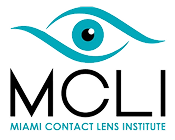
.jpg)
